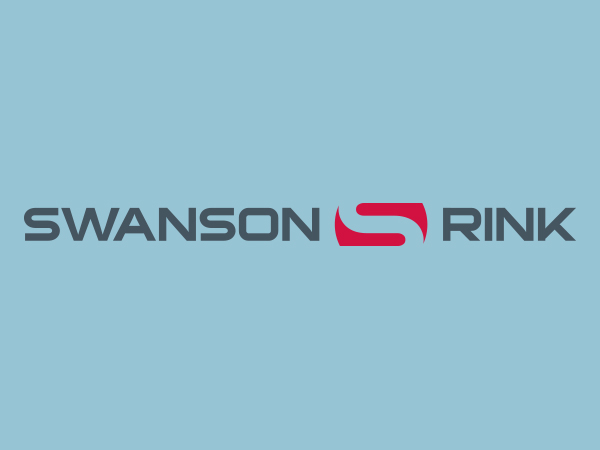
The word “modular” in the data center industry has taken on many connotations. Almost anyone selling space to house computer equipment from container manufacturers to colocation providers uses the term “modular” to describe the value they bring to the real estate decision on where to house computer equipment. While each of these providers will say that their solution is best, the real answer is that modular can take on many forms based on the needs of the user.
As a consulting engineering firm focused on the design of data center facilities, our team uses the modular concept meaning “pay as you grow” to help end users understand how to right size their facilities to minimize upfront costs, yet evaluate the total cost of the overall phased build-out. This modular approach means designing infrastructure from the beginning that is flexible for the client’s growth. The exact approach depends on the overall business needs of the individual company.
There are two parameters that need to be considered when developing a modular growth and expansion strategy: First is determing the granularity of the growth modules, and the second is the anticipated timing of the growth. These two factors have the greatest influence on the design. The granularity of the growth refers to the number of steps of growth when expanding from the initial capacity to the ultimate capacity of the data center. There can be different growth steps for different systems (white space, UPS, cooling); however, efforts are typically made to closely match the steps or modulars of growth for each of the systems. The second factor is how the timing of the growth impacts the size of the growth module. If it is anticipated that growth from initial load to ultimate load will occur quickly, then the module of growth is typically larger. The reason for this so the facility is not in a continuous state expansion to match the load growth. If the growth will occur over a longer period of time, then more granularity is likely more appropriate.
Further complicating the analysis is the cost impact of these decisions. Typically, with increased granularity, there are increased costs to get to the ultimate build out; therefore, the analysis is to match the size of the modules with the business need, while not putting the client in a position of continual upgrades. Generally, if the expected build out over time is longer, the module of growth can be smaller and still meet the business needs without overspending on infrastructure.
Matching the Owner’s Requirements and the Infrastructure Design. With these two parameters determined, a range of solutions can be considered for the cooling systems and the electrical power infrastructure. Typically, we first consider electrical system options to develop solutions that match the modules of growth parameters. By their nature, electrical systems have more discrete sizing constraints so it is important to optimize these systems first to develop a cost-effective solution without stranded capacity.
Development of the cooling solutions then follows with the objective to match the growth parameters of the electrical solutions. Where electrical systems have discrete sizing, cooling systems tend to be more analog in nature, and a given component can have a range of capacities under different operating conditions. This analog nature of cooling systems allows us to closely match the cooling module size to the electrical module size.
Balancing Modularity with Reliability. Within every solution there are pros and cons that should be considered. While flexibility (which would include modularity) is a big driver in the decision-making process for a client, the user will also need to balance its other goals including reliability, load density, energy efficiency and maintainability. These factors will all influence the final module of growth decision.
Embracing Pre-Fabrication. Embracing the pre-fabrication concept in the design and construction of data centers can provide additional value to the modular or “pay-as-you-grow” strategy. The pre-fabrication concept has expanded beyond the container or proprietary systems to be custom designed, non-proprietary systems that are assembled off-site and brought to the site practically fully assembled.
By designing skid-mounted systems for the initial build and future expansion, users can achieve significant cost and schedule reductions. This process requires the engineering team to produce a complete set of construction documents that includes all fittings, valves and pieces of fully detailed equipment that allows a group of contractors to bid on these documents. The contractors are able to use their increased productivity working in a controlled environment as a competitive advantage that provides an overall cost reduction to the Owner. Based on previous projects, this savings is at least 20% over a traditional on-site construction approach. The time on site is also significantly reduced, which considerably reduces reliability concerns when working on an active data center environment.
The data center industry is full of hype with each company putting their own spin on why their solution is the best. The greatest defense against the hype is for owners to understand the pros and cons of each of their options and to determine the right solution based on their

